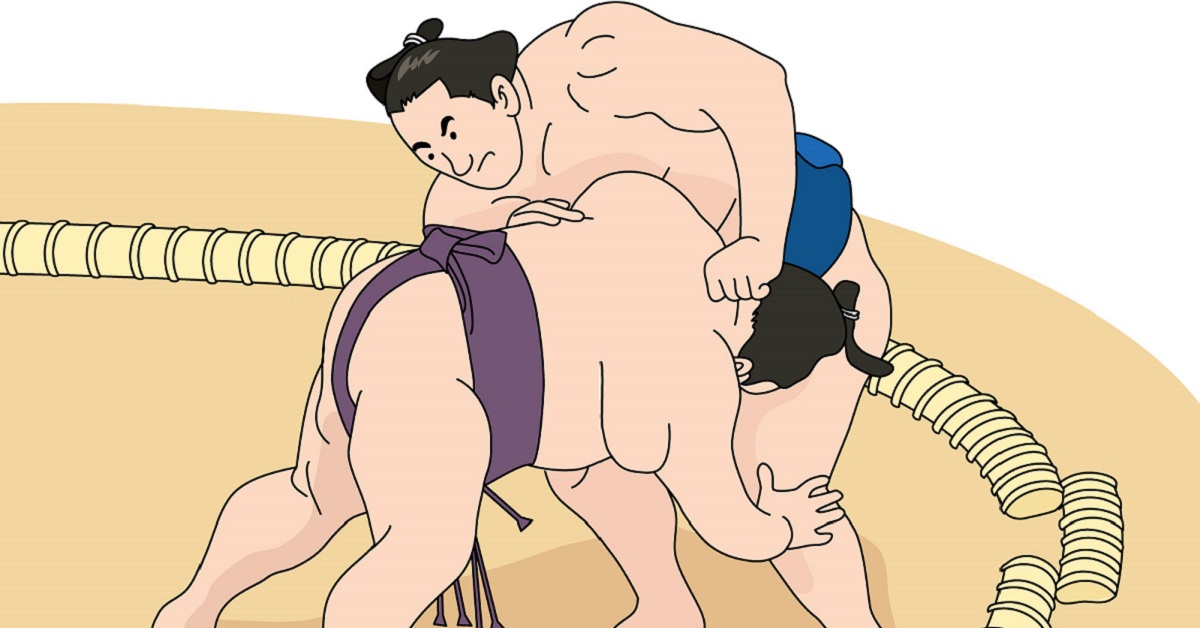Makushita is one of the ranks in professional sumo, positioned above Sandanme, where wrestlers compete fiercely for promotion to Jūryō. The roster is limited to 120 wrestlers, making it the final hurdle before becoming a Sekitori. This article clearly explains its structure, rules, and appeal.
What is Makushita?
Makushita is positioned between Sandanme and Jūryō in the sumo ranking system. Wrestlers who have polished their skills in the lower divisions, such as Jonidan and Jonokuchi, reach this stage with the goal of advancing to Sekitori status. The Makushita ranking is divided into East and West, with a fixed total of 120 wrestlers. This number never changes—spots open only when promotions or demotions occur.
Table 1 – Main Structure of Sumo Ranks
| Rank | Division Name | Approx. Number | Salary |
|---|---|---|---|
| 1 | Yokozuna | 1–2 | Yes |
| 2 | Ōzeki | Few | Yes |
| 3 | Sekiwake | Few | Yes |
| 4 | Komusubi | Few | Yes |
| 5 | Maegashira (Makuuchi) | ~30 | Yes |
| 6 | Jūryō | ~28 | Yes |
| 7 | Makushita | 120 | No (allowance only) |
| 8 | Sandanme | ~200 | No |
| 9 | Jonidan | ~230 | No |
| 10 | Jonokuchi | ~40 | No |
Life and Treatment of Makushita Wrestlers
Wrestlers ranked Makushita and below are called “rikishi-yōsei-in” (trainee wrestlers). Unlike Sekitori, they do not receive a monthly salary, but rather an allowance for each tournament. The amount of this allowance varies depending on rank and performance. Promotion to Jūryō is the key milestone, as it is the first time a wrestler receives a stable salary.
Table 2 – Comparison of Makushita and Jūryō or Higher
| Item | Makushita (Trainee) | Jūryō or Higher (Sekitori) |
|---|---|---|
| Status | Trainee | Sekitori |
| Monthly Salary | None | About 1 million yen+ |
| Allowance | Yes (per tournament) | Yes (in addition to salary) |
| Changing Room | For lower-ranked wrestlers | For Sekitori only |
| Dress/Going Out | Restricted | Greater freedom |
| Personal Attendant | None | Yes |
Makushita wrestlers often serve as attendants for Sekitori, assisting with training, travel, and personal needs. Through these duties, they learn the etiquette, manners, and conduct expected in the world of sumo.
Makushita Rankings and Matches
Makushita rankings are divided into East and West, with detailed placement from top to bottom. In each tournament, wrestlers have 7 bouts, and whether they achieve more wins than losses determines whether they move up or down the rankings. Wrestlers in the upper Makushita may face Jūryō wrestlers, providing a major opportunity for promotion.
Table 3 – Image of Makushita Rankings
| Section | Characteristics | Promotion Chance |
|---|---|---|
| Upper Makushita (1–15) | May face Jūryō wrestlers | High if winning record |
| Mid Makushita (16–60) | Mostly fights within same rank | Aim to move up |
| Lower Makushita (61–120) | Close to Sandanme demotion zone | High risk if losing record |
Promotion and Demotion System
To be promoted from Makushita to Jūryō, a wrestler usually needs an excellent record, such as 6 wins and 1 loss or an undefeated run, when placed in the upper ranks. Conversely, those in the lower Makushita with poor results face demotion to Sandanme.
Table 4 – Examples of Promotion and Demotion Conditions
| Situation | Example Condition | Result |
|---|---|---|
| Promotion | 6+ wins in upper Makushita | Jūryō promotion |
| Status Quo | 4–3 in mid Makushita | Remain in same division |
| Demotion | 2 or fewer wins in lower Makushita | Demoted to Sandanme |
This strict replacement system creates a unique tension in Makushita bouts, as each match can drastically change a wrestler’s future.
Conclusion
Makushita is ideal for spotting future stars in sumo. Many future Yokozuna or Ōzeki emerge from this division. Matches here are often raw, powerful, and energetic, showing wrestlers’ full determination. Spectators can witness “Cinderella stories”, where a wrestler rapidly climbs from Makushita to Jūryō and into the top Makuuchi division.





コメント